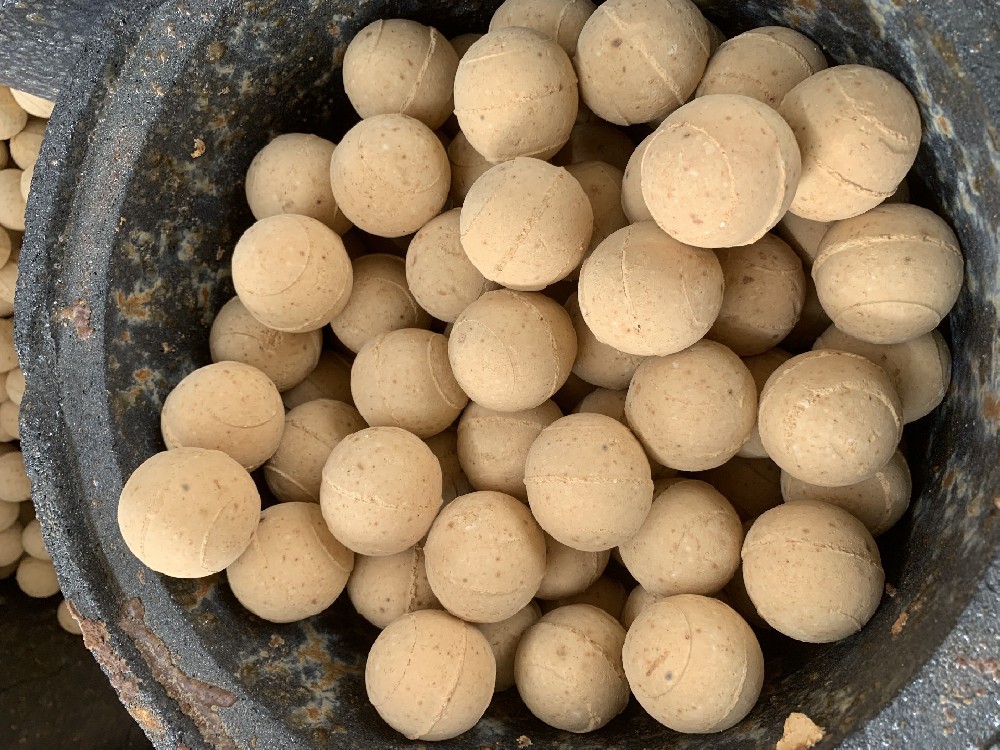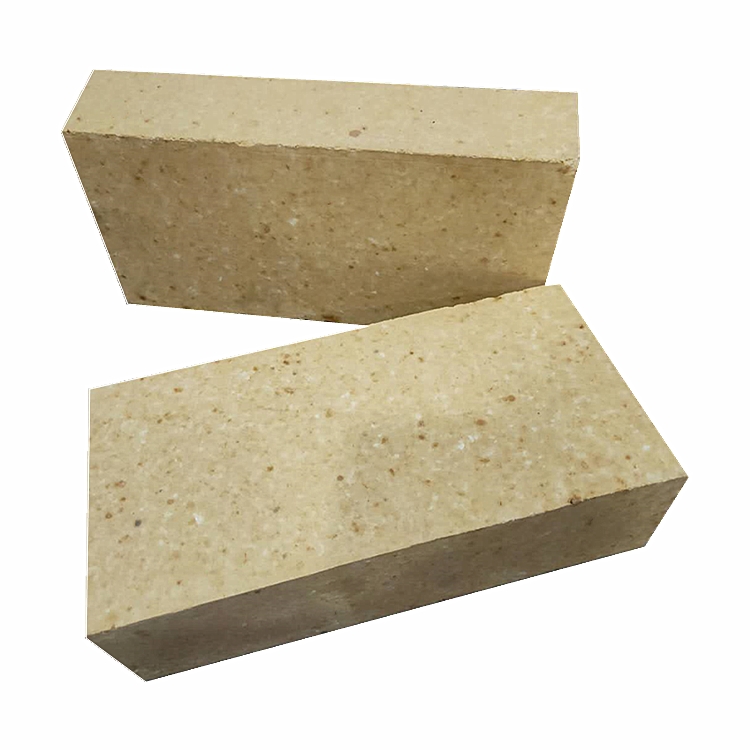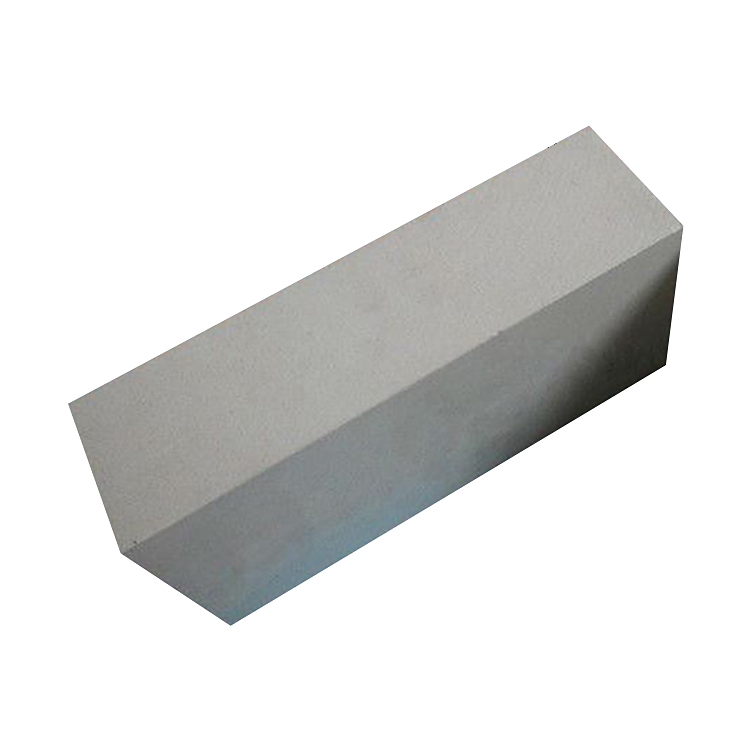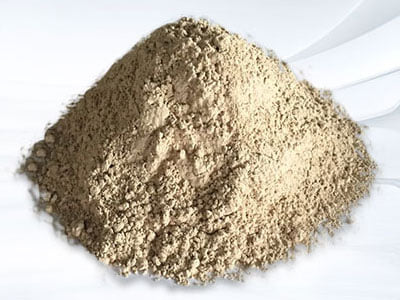What is Phosphate Bonded High Alumina Brick?
Phosphate-bonded high-alumina kiln lining refractory bricks include two products, one is phosphate-bonded high-alumina refractory bricks (referred to as phosphate refractory bricks); the other is aluminium phosphate-bonded high-alumina wear-resistant refractory bricks (referred to as refractory bricks).
Phosphate refractory bricks use 42.5%-50% concentration of dish acid solution as binder, and the aggregate is bauxite clinker calcined by rotary kiln above 1600℃. During the use of refractory bricks, phosphoric acid reacts with fine bauxite powder and refractory clay on the surface of refractory bricks, and finally forms a binder mainly composed of cristobalite aluminum orthophosphate.
The wear-resistant refractory brick is made of industrial phosphoric acid and industrial aluminum hydroxide into aluminum phosphate solution as a binder, and its molar ratio is Al2O3:P2O5=1:3:2. The aggregates used are the same as phosphate refractory bricks. In the process of using refractory bricks, the same as phosphate refractory bricks, a cristobalite type aluminum orthophosphate-based binder is formed.
Although the two kinds of refractory bricks use the same aggregate, machine-pressed, and chemically bonded refractory bricks obtained by heat treatment at about 500 ℃, the final binding agent formed in use is also the same. However, due to the different production processes of refractory bricks, they show their own characteristics. For example, in the particle composition of phosphate refractory bricks, a large amount of 5-10mm bauxite is used, and the refractory bricks have a larger apparent porosity. The bricks are much lower and have good thermal shock stability. The wear-resistant refractory bricks use bauxite aggregates with particles smaller than 5mm, and directly use aluminum phosphate solution as the forming binder, and the pressing is also denser, so it shows higher strength and wear resistance, but thermal shock stability. poor. Therefore, phosphate refractory bricks are suitable for use in the transition zone of the rotary kiln, the kiln mouth and other parts where the refractory bricks are easily lost. At present, except for a few small kilns that are still in use, large and medium-sized precalciner kilns are not used.
-

Thermal storage alumina balls
The Thermal storage alumina ballsis made of industrial alumina and refractory kaolin as the main raw materials through scientific formula, forming and high-temperature calcination.Thermal storage alumina ballss are divid··· -

Anti-stripping high alumina brick
Use description of Anti-stripping high alumina brick1. Anti-stripping high alumina brick has a good application in low temperature parts such as large and medium-sized cement precalciner, kiln smoke chamber, indoor decom··· -

Anti-stripping high alumina bricks
Anti-stripping high alumina bricks are made of high alumina bauxite clinker, mullite, kyanite, zircon sand, and binder after granulating and powdering processes, mixed in a certain proportion, pressed into shape, and fir··· -

silica hot repair refractory
Performance index of silica hot repair refractoryThe material is a kind of plastic unshaped refractory material, its main component is SiO2, it is made of special clinker and various binders and additives, and it is proc···

